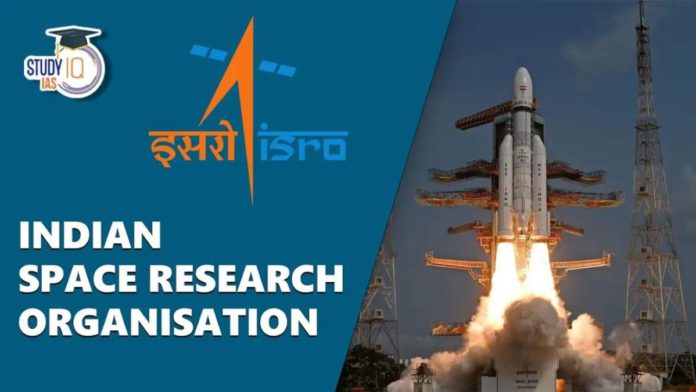India’s space research organization, ISRO, has made its datasets freely accessible to all. ISRO is granting access to an extensive archive of Remote Sensing data sourced from 44 satellites, encompassing both Indian and Foreign Remote Sensors accumulated since 1986. Additionally, they facilitate the regional distribution of Sentinel and LandSat data within India.
Out of the datasets released by ISRO, one of them is Cartosat DEM. This dataset gives you free access to a detailed elevation model derived from Cartosat-1 satellite data. It provides 30-meter resolution coverage for all of India’s land. You can use this data for many things, like making maps, studying water systems, and handling disasters better.
Another data released for free access is Resourcesat-2. This dataset offers free access to orthorectified satellite images. The images have a 23-meter resolution and cover the entire land area of India. Thanks to its high-resolution LISS-3 and LISS-4 cameras, they are incredibly useful for tasks like mapping land use, planning infrastructure, monitoring the environment, agricultural monitoring, and disaster management.
Read More: AI Played Key Role in Historic Moon Landing of Chandrayaan-3, says ISRO
ISRO also released Oceansat datasets. The Ocean Color Monitor (OCM) and Scatterometer are tools on the Oceansat series of satellites. OCM offers valuable details on chlorophyll concentration, which is a big deal when it comes to understanding phytoplankton growth. If you are already confused about the technicality, then in simple words, it helps us understand how healthy and productive our ocean is. You can study marine life and fishing, spot harmful algal blooms, and even grasp how climate change affects our oceans.
A scatterometer, on the other hand, helps measure speed and direction across the ocean. It’s key for predicting weather, figuring out how our climate works, ensuring ships take the safest route, checking out the potential for wind energy at sea, and even understanding how the ocean moves around.
Lastly, the IRS-1A, IRS-1C, and IRS-1D datasets are also released by ISRO. These datasets can help you understand environmental studies such as agricultural monitoring and environmental cropping.


